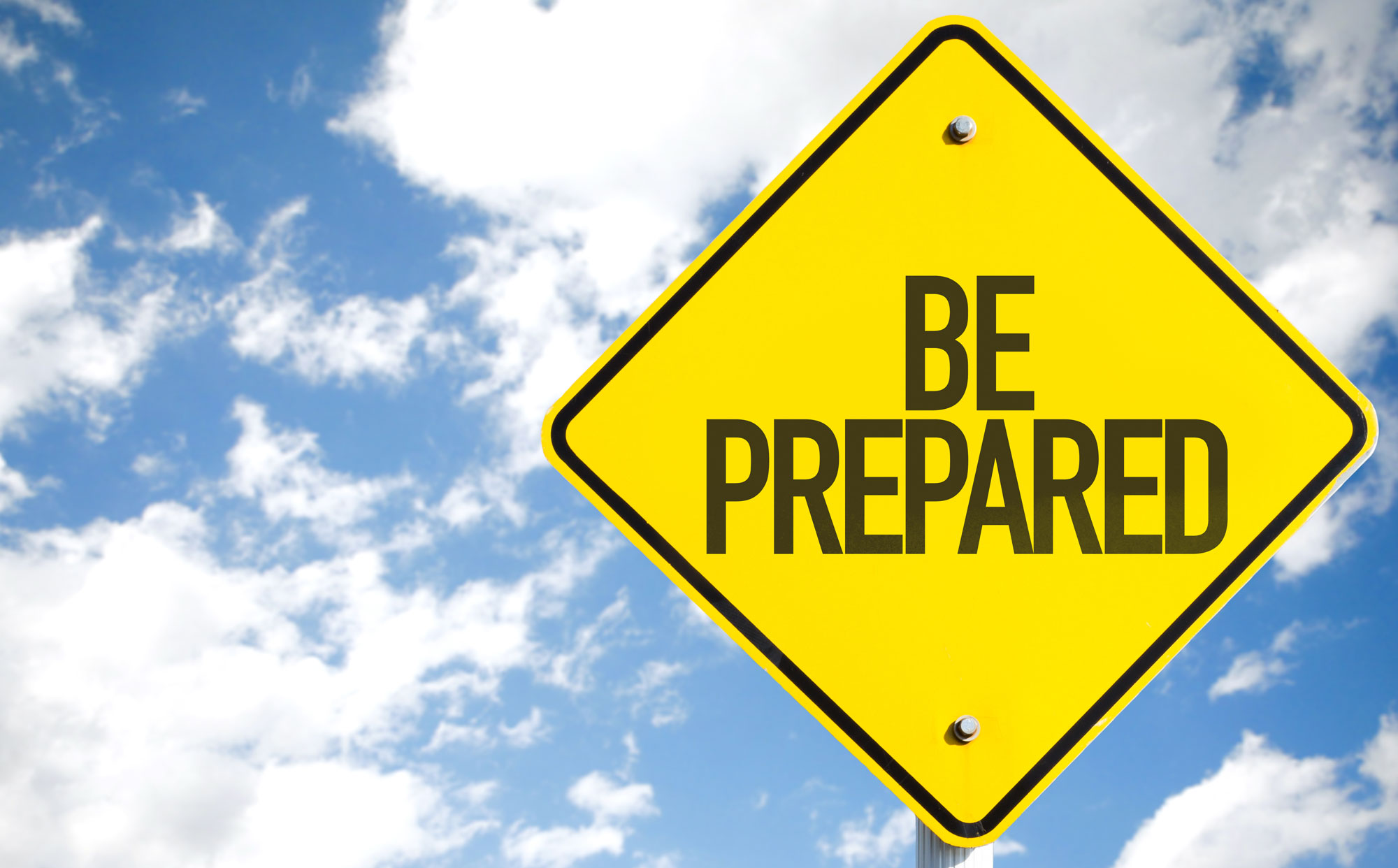Researchers in the Department of Civil & Environmental Engineering at the University of California, Irvine have analyzed decades of wildfire statistics from the California Department of Forestry and Fire Protection. The team’s findings (published last month in the open-access journal Scientific Reports) concluded that the annual burn season has lengthened and the yearly peak has shifted from August to July. So how can we, property owners, a State, and subrogation professionals, prepare?
Being ready for a wildfire from a homeowner’s perspective includes educating yourself as much as possible. CalFire has information and resources available to the public on its website and app.
California is also preparing now for wildfire season, especially considering the state’s elevated fire risk and drought conditions. It was announced on April 8, 2021 that Governor Gavin Newsom struck a deal with lawmakers to free up $536 million for wildfire prevention to provide for (among other things) forest maintenance and vegetation management. This is in addition to the $80 Million in emergency funds authorized by Newsom in March to hire additional firefighters to bolster fuels management and wildfire response efforts.
Being prepared as subrogation professionals means assembling your best team of experts, consultants, attorneys, and support staff, and honing your organization and communication skills. Pulling on our vast experience handling past wildfires subrogation claims, below is a helpful list of tips to better prepare for the next devastating wildfire:
- Carriers should work to correctly identify their claims and the property locations as soon as possible. Often there are multiple wildfires within close proximity to each other, making our mapping efforts to place claims with the correct wildfire critical.
- Ensure your legal team retains the top experts and gets out to the loss site immediately following identification of the claim(s) to start the investigation.
- Support staff should look to new technology for best organization practices, while also leaning on the steady and true methods that work best for them. With wildfires, the complex investigation and legal issues are only enhanced with administrative issues of volume and expedience.
- Communication is key with everyone involved. A lot of information and data is collected, stored and exchanged, so clear and continuous communication is vital.
- Organized claim files allows for efficient review. Consider separating out subfiles for subrogation and first party adjustment.
Cozen O’Connor’s wildfire team has proven by its recovery successes that it has developed the best team and strategy for handling these claims. Our team is available for consultations on preparing for wildfire claims and legal advice on past, current, and future claims.
Please stay safe and be prepared.






